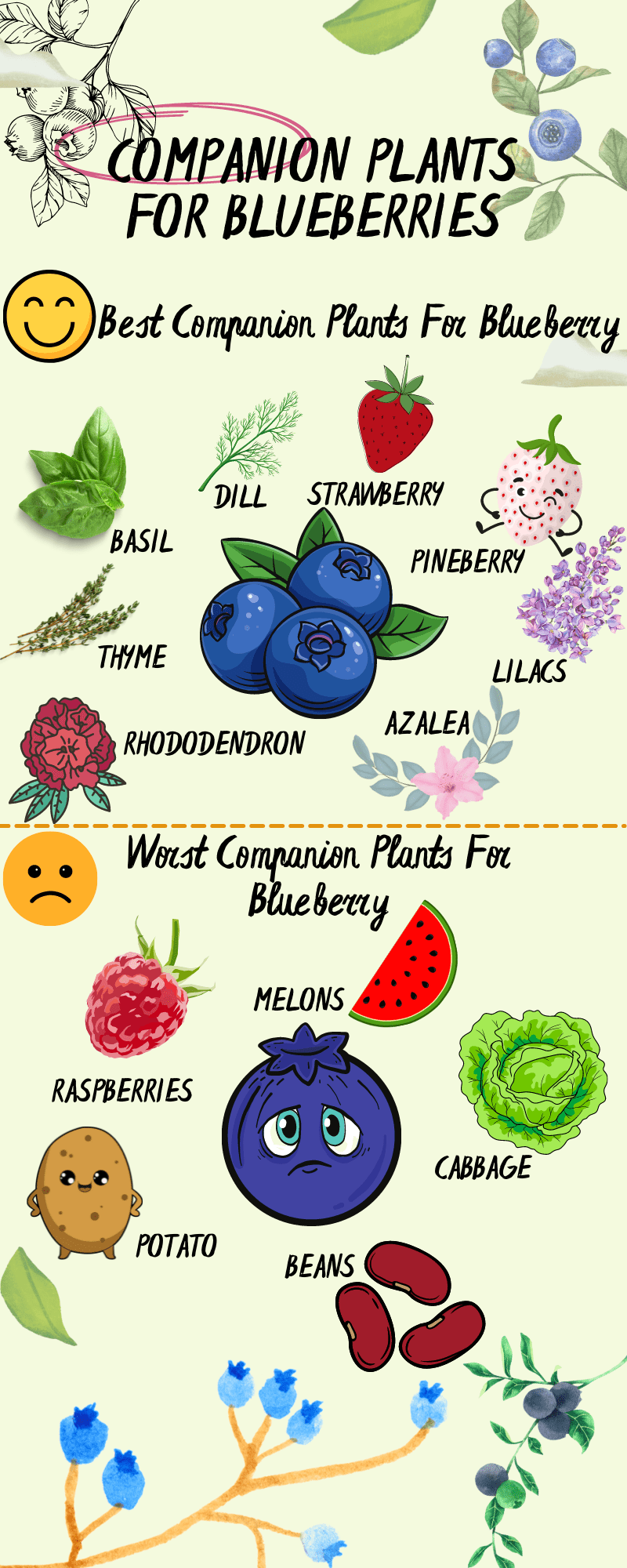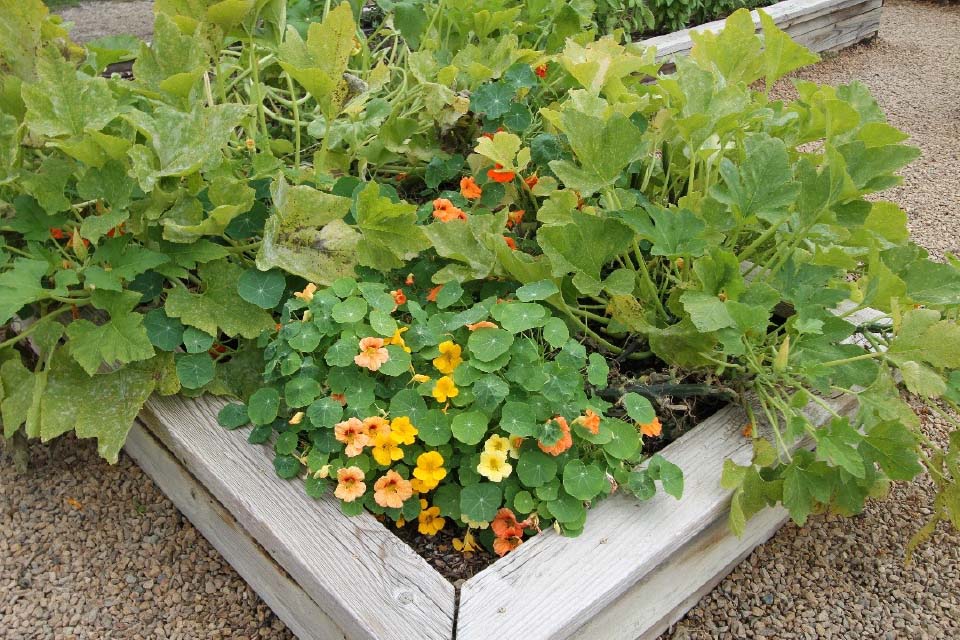Grow Bigger Sweeter Berries With Companion Planting
Grow Bigger Sweeter Berries with Companion Planting
Strawberries are a delicious and versatile fruit that can be enjoyed fresh, cooked, or frozen. They are also a relatively easy crop to grow in the home garden. However, there are a few things you can do to help your strawberries grow bigger and sweeter. One of the most effective ways to do this is to use companion planting.
Companion planting is the practice of planting different types of plants together in a way that benefits both plants. There are many different benefits to companion planting, including:
- Increased pollination
- Reduced pest and disease pressure
- Improved soil health
- Enhanced flavor
When it comes to strawberries, there are a number of plants that can be beneficial companion plants. Some of the best include:
- Alliums: Alliums, such as chives, onions, and garlic, can help to suppress soil-borne diseases that can affect strawberries. They also release sulfur compounds that repel pests such as slugs and aphids.
- Basil: Basil is a natural pest repellent that can help to keep away aphids, spider mites, and whiteflies. It also attracts beneficial insects such as bees and ladybugs.
- Borage: Borage is a flowering plant that attracts pollinators and beneficial insects. It also helps to improve the flavor of strawberries.
- Cucumbers: Cucumbers help to suppress the growth of weeds, which can compete with strawberries for water and nutrients. They also release chemicals that help to repel pests.
- Lettuce: Lettuce helps to suppress the growth of weeds and also provides shade for strawberries, which can help to prevent the berries from sunburning.
In addition to these plants, there are a number of other herbs and flowers that can be beneficial companion plants for strawberries. Some of these include mint, thyme, marigolds, and nasturtiums.
When choosing companion plants for strawberries, it is important to consider the specific needs of the plants. For example, strawberries prefer full sun, so you will want to choose companion plants that also thrive in full sun. You will also want to consider the size of the plants, as you don't want to plant anything that will overshadow your strawberries.
With a little planning, you can use companion planting to help your strawberries grow bigger and sweeter. By planting the right plants together, you can improve pollination, reduce pest and disease pressure, and improve soil health. This will result in a healthier and more productive strawberry patch.
Berries Companion Planting
Berries are a delicious and nutritious addition to any garden. But did you know that you can also use companion planting to help your berries thrive?
Companion planting is the practice of planting certain plants together to benefit each other. There are a number of different plants that can be good companion plants for berries, including:
- Strawberries: Strawberries are a good companion plant for many other plants, including tomatoes, peppers, and lettuce. They also help to attract beneficial insects, such as ladybugs and lacewings.
- Blueberries: Blueberries prefer acidic soil, so they make good companions for plants that also like acidic soil, such as azalea, rhododendron, and oak trees. They also benefit from being planted near nitrogen-fixing plants, such as clover and beans.
- Blackberries: Blackberries can be a bit aggressive, so they're best planted with plants that won't be crowded out, such as raspberries, sunflowers, and marigolds. They also benefit from being planted near herbs, such as mint and chives.
If you're interested in learning more about berries companion planting, I recommend visiting the Gardenia Inspiration. This website has a wealth of information on the topic, including a list of beneficial companion plants for different types of berries.
FAQ of berries companion planting
5 Most Frequently Asked Questions About Berries Companion Planting
Berries are a delicious and healthy addition to any garden, but they can be susceptible to pests and diseases. Companion planting is a great way to help protect your berries and improve their overall health.
Here are 5 of the most frequently asked questions about berries companion planting, along with valuable insights and solutions:
Question 1: What are the benefits of companion planting with berries?
Answer: There are many benefits to companion planting with berries. Some of the most common benefits include:
- Attracting beneficial insects: Many companion plants attract beneficial insects, such as ladybugs and lacewings, which help to control pests that can damage berries.
- Disease suppression: Some companion plants can help to suppress diseases that can affect berries. For example, mint can help to suppress powdery mildew.
- Improved pollination: Some companion plants can help to improve pollination of berries, which can lead to a larger harvest.
- Improved soil quality: Some companion plants can help to improve soil quality, which can benefit the overall health of your berry plants.
Question 2: What are some good companion plants for berries?
Answer: Some of the best companion plants for berries include:
- Allium: Alliums, such as garlic, onions, and chives, help to repel pests that can damage berries.
- Beans: Beans fix nitrogen in the soil, which can benefit berry plants.
- Cabbage family: Members of the cabbage family, such as broccoli, cauliflower, and kale, help to attract beneficial insects that control pests.
- Companion flowers: Companion flowers, such as marigolds, nasturtiums, and yarrow, help to attract beneficial insects and repel pests.
- Herbs: Herbs, such as mint, oregano, and thyme, help to improve soil quality and attract beneficial insects.
Question 3: What are some bad companion plants for berries?
Answer: Some plants should not be planted near berries, as they can compete for nutrients or water, or attract pests. Some of the worst companion plants for berries include:
- Cucumbers: Cucumbers can attract aphids, which can damage berry plants.
- Melons: Melons can compete with berry plants for water and nutrients.
- Potatoes: Potatoes can attract pests that can damage berry plants.
- Tomatoes: Tomatoes can attract nematodes, which can damage berry plants.
Question 4: How far apart should berries be planted?
Answer: The spacing requirements for berries vary depending on the type of berry plant. However, in general, berry plants should be spaced at least 2-3 feet apart. This will give the plants enough room to grow and spread without competing for resources.
Question 5: What are some tips for companion planting with berries?
Answer: Here are some tips for companion planting with berries:
- Do your research: Before you plant any companion plants, do your research to make sure that they are compatible with berries.
- Experiment: There is no one-size-fits-all answer when it comes to companion planting. Experiment with different combinations of plants to see what works best in your garden.
- Be patient: It takes time for companion plants to establish themselves and start providing benefits. Be patient and give your plants time to work their magic.
Image of berries companion planting
5 different images of "berries companion planting" from Pinterest:
- Image 1: Strawberries and chives. Strawberries attract pollinators, which also help chives to produce more flowers. Chives also help to repel pests that can damage strawberries.

- Image 2: Raspberries and mint. Mint helps to repel pests that can damage raspberries, such as aphids and spider mites. Raspberries also help to improve the flavor of mint.

- Image 3: Blueberries and beans. Beans help to fix nitrogen in the soil, which is beneficial for blueberries. Blueberries also help to attract pollinators, which help beans to produce more beans.

- Image 4: Blackberries and nasturtiums. Nasturtiums help to deter pests that can damage blackberries, such as Japanese beetles and flea beetles. Blackberries also help to provide shade for nasturtiums, which can help to prevent them from wilting in hot weather.

- Image 5: Strawberries and marigolds. Marigolds help to repel nematodes, which can damage strawberries. Strawberries also help to attract pollinators, which help marigolds to produce more flowers.

Post a Comment for "Grow Bigger Sweeter Berries With Companion Planting"